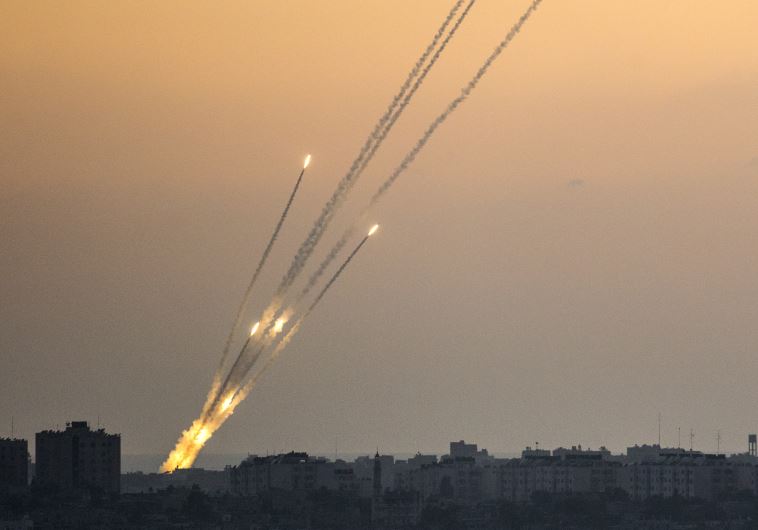'In future war, Israel will be hit with biggest rocket salvos seen yet'
"It's not a nightmare, it's a very realistic scenario," says IAF air defense chief Brig.-Gen. Zvika Haimovich.
 Rockets fired from the Gaza Strip into Israel, July 13, 2014(photo credit: JACK GUEZ / AFP)Updated:
Rockets fired from the Gaza Strip into Israel, July 13, 2014(photo credit: JACK GUEZ / AFP)Updated: